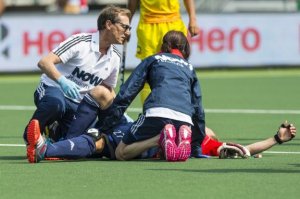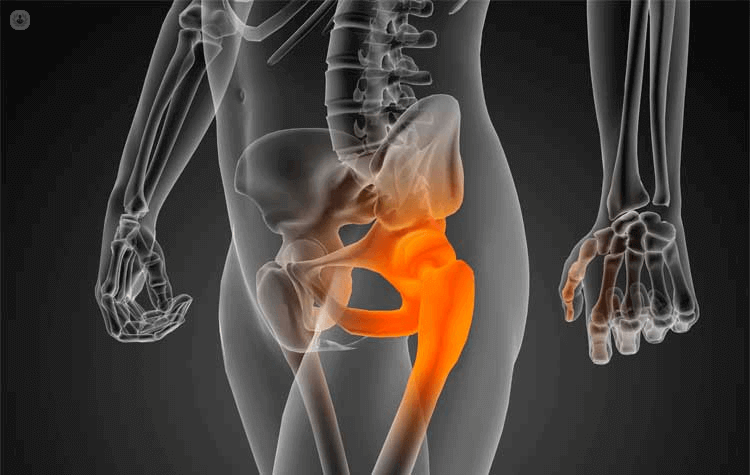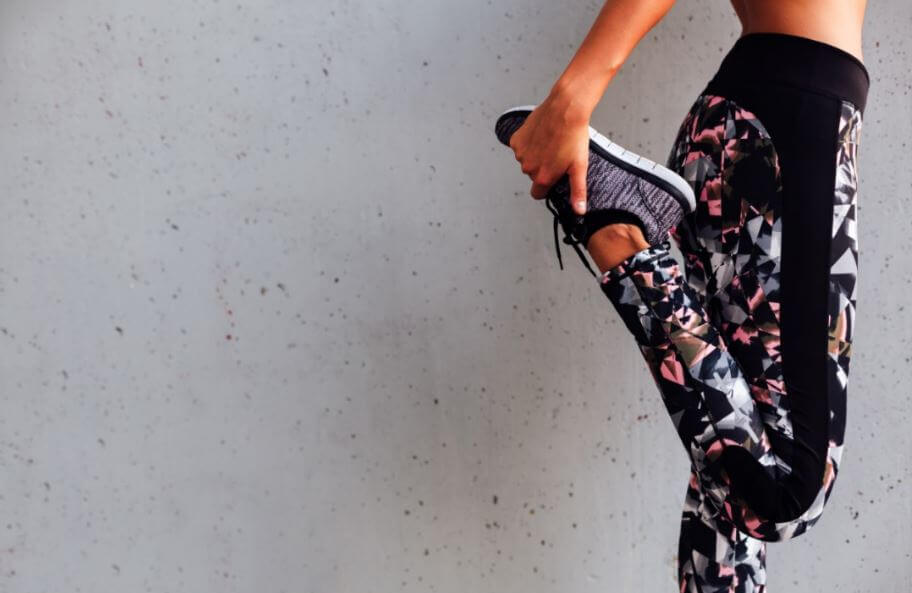Gluteal Tendinopathy in Hockey Players

Gluteal tendinopathy is the most common cause of lateral hip pain. In fact, it’s a very common condition when it comes to certain sports including hockey.
This condition affects different groups of athletes including runners and hockey players. It manifests as pain around the greater trochanter that can extend down the lateral thigh.
As with other conditions connected with pain, the effective treatment of gluteal tendinopathy is based on making the correct diagnosis. Athletes with a clear understanding of the risk factors and the recovery programs have a better prognosis.
Making the diagnosis of gluteal tendinopathy can be difficult. A thorough examination of the hip, back and pelvis should be performed to determine whether the cause of the pain is around the greater trochanter or from a different area. Symptomatic local pathology can coexist with distance sources.
Most studies consider gluteal tendinopathy to be the main local source of lateral hip pain. This condition is also frequent in postmenopausal women, and it can negatively affect a person’s quality of life.
Gluteal tendinopathy and hockey players
Gluteal tendinopathy usually occurs when the tendon responds to a rapid increase in load. When it comes to hockey players, this is associated with intense training or a reduction of rest days.
The gluteal tendons are resistant fibers that connect the gluteal muscle with the hip bone. A tendon injury may appear suddenly, however, it’s usually a result of many small tears in the tendon that occur over a prolonged period of time.
Tendons can tolerate repetitive loads, however, if the load is too heavy, it can cause stress.

When this occurs, the tendon sustains small tears and this causes inflammation. In normal conditions, the tears can heal quickly.
However, if the load is continuously applied to the tendon, the rate of tears may exceed the rate of repair. As a result, the condition will worsen, causing pain and dysfunction. This leads to tendinopathies or tendinosis.
That’s why rest is recommended, along with gentle movements and stretching to help avoid stiffness.
How this affects performance
Providing that the movements don’t cause further pain, most sporting activities can be maintained.
However, when it comes to hockey players, this condition could represent a temporary suspension from games and certain training exercises.
Each case if specific, you can also explore alternative activities such as water exercises or cycling.
While the reduction of the load is likely the key to early recovery, an early recovery program that includes minimal hip abduction positions will help reduce pain and improve the tendon’s load capacity.

Strengthening exercises, as well as specific exercises, incorporating strength training and functional movements, are also key to recovery.
Before finalizing, we would like to remind you that it’s always important to evaluate functional limitations and your levels of discomfort. Patients sometimes report pain while carrying out single-load activities such as walking or going up and down stairs.
As you can see, anyone can suffer from a tendon injury; however, those who make the same movements over and over again at work, during sports or daily activities are more likely to suffer from tendon injuries. If you believe that you are suffering from this condition, contact your doctor as soon as possible for an accurate diagnosis.
Gluteal tendinopathy is the most common cause of lateral hip pain. In fact, it’s a very common condition when it comes to certain sports including hockey.
This condition affects different groups of athletes including runners and hockey players. It manifests as pain around the greater trochanter that can extend down the lateral thigh.
As with other conditions connected with pain, the effective treatment of gluteal tendinopathy is based on making the correct diagnosis. Athletes with a clear understanding of the risk factors and the recovery programs have a better prognosis.
Making the diagnosis of gluteal tendinopathy can be difficult. A thorough examination of the hip, back and pelvis should be performed to determine whether the cause of the pain is around the greater trochanter or from a different area. Symptomatic local pathology can coexist with distance sources.
Most studies consider gluteal tendinopathy to be the main local source of lateral hip pain. This condition is also frequent in postmenopausal women, and it can negatively affect a person’s quality of life.
Gluteal tendinopathy and hockey players
Gluteal tendinopathy usually occurs when the tendon responds to a rapid increase in load. When it comes to hockey players, this is associated with intense training or a reduction of rest days.
The gluteal tendons are resistant fibers that connect the gluteal muscle with the hip bone. A tendon injury may appear suddenly, however, it’s usually a result of many small tears in the tendon that occur over a prolonged period of time.
Tendons can tolerate repetitive loads, however, if the load is too heavy, it can cause stress.

When this occurs, the tendon sustains small tears and this causes inflammation. In normal conditions, the tears can heal quickly.
However, if the load is continuously applied to the tendon, the rate of tears may exceed the rate of repair. As a result, the condition will worsen, causing pain and dysfunction. This leads to tendinopathies or tendinosis.
That’s why rest is recommended, along with gentle movements and stretching to help avoid stiffness.
How this affects performance
Providing that the movements don’t cause further pain, most sporting activities can be maintained.
However, when it comes to hockey players, this condition could represent a temporary suspension from games and certain training exercises.
Each case if specific, you can also explore alternative activities such as water exercises or cycling.
While the reduction of the load is likely the key to early recovery, an early recovery program that includes minimal hip abduction positions will help reduce pain and improve the tendon’s load capacity.

Strengthening exercises, as well as specific exercises, incorporating strength training and functional movements, are also key to recovery.
Before finalizing, we would like to remind you that it’s always important to evaluate functional limitations and your levels of discomfort. Patients sometimes report pain while carrying out single-load activities such as walking or going up and down stairs.
As you can see, anyone can suffer from a tendon injury; however, those who make the same movements over and over again at work, during sports or daily activities are more likely to suffer from tendon injuries. If you believe that you are suffering from this condition, contact your doctor as soon as possible for an accurate diagnosis.
All cited sources were thoroughly reviewed by our team to ensure their quality, reliability, currency, and validity. The bibliography of this article was considered reliable and of academic or scientific accuracy.
- Mellor, R., Grimaldi, A., Wajswelner, H., Hodges, P., Abbott, J. H., Bennell, K., & Vicenzino, B. (2016). Exercise and load modification versus corticosteroid injection versus “wait and see” for persistent gluteus medius/minimus tendinopathy (the LEAP trial): A protocol for a randomised clinical trial. BMC Musculoskeletal Disorders, 17(1). https://doi.org/10.1186/s12891-016-1043-6
- Grimaldi, A., & Fearon, A. (2015). Gluteal Tendinopathy: Integrating Pathomechanics and Clinical Features in Its Management. Journal of Orthopaedic & Sports Physical Therapy, 45(11), 910–922. https://doi.org/10.2519/jospt.2015.5829
- Allison, K., Wrigley, T. V., Vicenzino, B., Bennell, K. L., Grimaldi, A., & Hodges, P. W. (2016). Kinematics and kinetics during walking in individuals with gluteal tendinopathy. Clinical Biomechanics, 32, 56–63. https://doi.org/10.1016/j.clinbiomech.2016.01.003
This text is provided for informational purposes only and does not replace consultation with a professional. If in doubt, consult your specialist.








